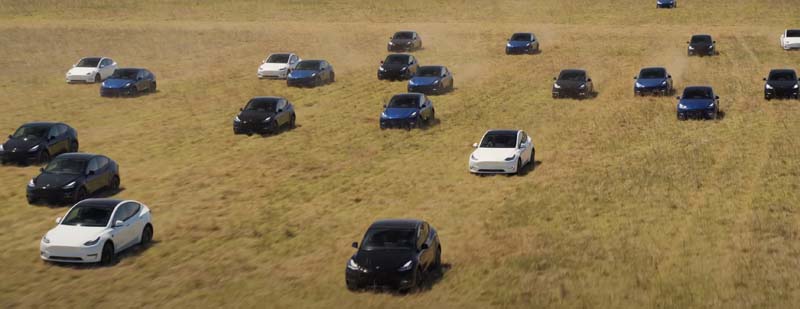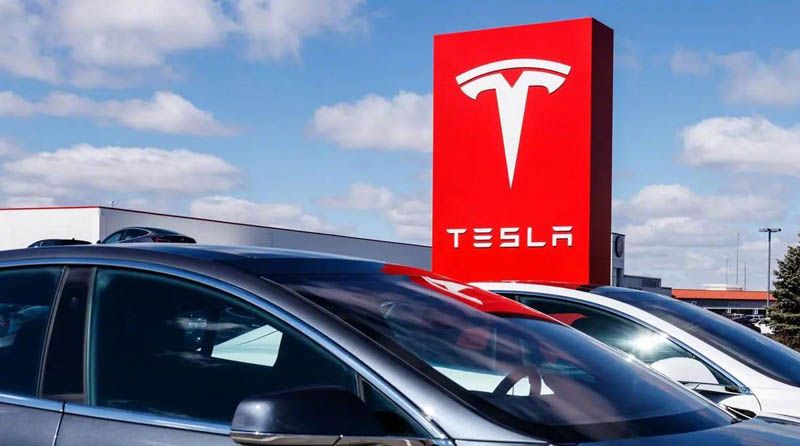Tesla reported its Q4 2023 earnings, and held an earnings call to discuss the results. Tesla posted mixed results, beating on earnings per share but missing on revenue expectations, market reaction was negative, with $TSLA stock falling in after-hours trading.
Leading Tesla analyst Adam Jonas from Morgan Stanley shared his thoughts on the Tesla earnings call. Jonas reiterated his Overweight rating on $TSLA with a $345 price target, representing over 80% upside from current levels. Here are 5 key takeaways from the Tesla earnings call that matter most to investors:

Minimal Guidance Provided
Tesla provided very few details about demand visibility or conviction in future profitability. As Jonas put it, “Our team is left with the impression that either (a) visibility is poor, or (b) there are downside risks in the broader EV market outside of Tesla’s control.” This lack of transparency could signify weaker-than-expected demand, even though management didn’t sound overtly cautious.
Volume Growth Expected to Slow
For 2024, Tesla expects “notably lower” volume compared to 2023. However, the company didn’t quantify what “notably lower” means. Jonas believes flat sales growth in 2024 would be a bear case with negative implications for the broader EV industry. His forecast calls for 15% delivery growth this year, down from 38% growth in 2023.
No Major AI Developments
Many bulls hope Tesla will surprise investors with an AI “wildcard” that reignites enthusiasm around artificial intelligence. But there were no big reveals around AI, robots, or the Dojo supercomputer. Musk described Dojo as a “high risk/high reward long shot.” He hinted at an AI update later in 2024 but nothing groundbreaking.
Higher-Than-Expected Capex
Tesla guided to over $10 billion in capex for 2024, above Morgan Stanley’s $8.5 billion estimate. While Tesla historically invested capital efficiently, the elevated spending combined with minimal guidance raises concerns when sentiment is already negative.
No Clarity on Potential Voting Change
Musk previously suggested he may seek a 25% voting stake to have more influence as Tesla pursues AI and robots. But he didn’t provide clarity about voting control on the call. This lingering uncertainty could spook investors further amid broader EV and growth stock negativity.
The Takeaway for Investors
In summary, Tesla’s quarterly results and call didn’t change the prevailing bearish narrative. With minimal guidance, slowing growth, spending concerns, and unanswered governance questions, the stock reacted negatively. However, Jonas believes the high cash flow potential combined with AI optionality makes Tesla stock compelling for long-term investors.
